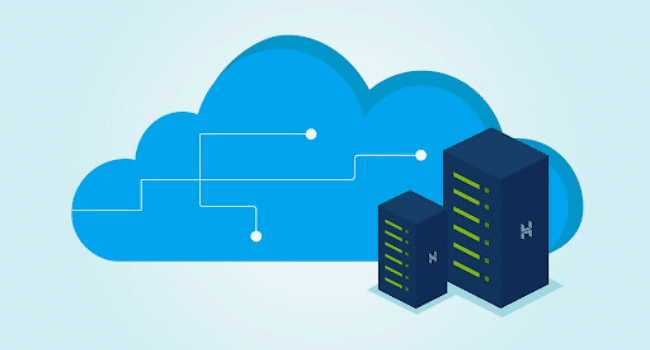Table of Contents
In this day and age of advanced and modern technology, when numerous businesses have moved to the cloud, and when numerous transfers of data and information of any type are made daily, there is a need for a strong and stable network-level security.
AWS’s cloud-based products can be used for a wide range of business purposes. Getting an aws training is very important so that you can learn about it properly. With pay-as-you-go pricing, the company’s products include storage, databases, analytics, networking, mobile, development tools, and enterprise applications. As businesses of all sizes look for ways to drive innovation, a cloud-based solution that’s efficient and cost-effective can help.
Many companies that offer similar services as AWS pay very little attention to the importance of providing an extra level of security. Given the future of secure information management is in the virtual private cloud, placed in a virtual private network, hence the need to establish an additional layer of security in the form of NACLs that would control traffic to or from a specific subnet in AWS guided by the sum of certain input and output rules.
Define Permissions and Identities for Users
For a seamless AWS adoption strategy, you should set up an IAM (Identity and Access Management) that determines what a user is allowed to do in the account. Thanks to IAM you can specify the person or application that is trying to access AWS. So setting this up early on provides the IAM with the necessary permissions to allow your account to function effectively.
By granting access only to specific components of AWS, you can be more selective about which individuals and teams have access to which parts of your AWS environment. So, when you begin using AWS, it’s a good idea to understand what tasks are assigned to your team, and then determine how much access to give each person on the team.
Know Your Assets
The more assets an organization has, the harder it can be to protect them from internal and external threats. By identifying and prioritizing the assets you need to protect, you can satisfy the best security practices. Discussing assets with your team will also give you a better idea of how to protect these assets.
You can protect the essential information and the hardware that supports it in two important ways. The first is to place it into one of two categories: business-related information, and internal, process-specific data. The second category consists of data supporting business-related information, such as computer and network hardware.

Secure Your AWS Credentials
AWS requires that all users are authenticated with different credentials depending on the type of access they require. For example, your username and password will enable you to log in to the AWS Management Console, but making programmatic calls will require security credentials like access keys.
For security reasons, Amazon Web Services does not allow users to recover credentials that have been lost or stolen. This is because Verizon found that stolen and weak passwords are the cause of 42% of data breaches. As a result, if you are the root user, it’s crucial that your AWS account ID, password, access keys, and email address associated with your account are kept safe and secure.
Recognize How Incident Response Affects the Company’s Objectives
The security of your cloud environment is more important than ever, but you can rest easy knowing that Amazon Web Services provides automated incident response and recovery to not only detect but also analyze the root cause of security incidents. Amazon’s shared responsibility model makes your AWS cloud environment secure by default.
Amazon Web Services (AWS) manages security through a shared responsibility model. Enterprises and entities alike can implement a cloud security strategy that fits their specific needs while giving them the ability to select the right workload protection platform that matches their requirements.
Form a Team of People With Diverse Backgrounds and Interests
To ensure the highest level of security for your AWS environment, it’s critical to assemble a diversified team. This is because when a group of people who have similar experiences are the only ones in the room, blind spots can be missed.
While automation processes can be quite successful in the protection of your AWS environment, it is still critical to have individuals with a diverse background working on security issues, as they can offer a variety of creative solutions in case anything goes wrong.
Final Words
As a general rule, cloud providers are responsible only for the reliability of their networks and servers. Just as you wouldn’t trust a developer to design a building by himself without any knowledge of architecture, don’t trust a developer to build code for your cloud applications if they have not been properly trained in secure development practices.
Read more on KulFiy
What Is IoT Security And How Can Enterprises Protect Devices Against Cyber Threats?
